The Children’s Museum of the National Folk Museum of Korea (국립민속박물관&국립민속박물관 어린이박물관)
17.9Km 2025-06-19
37 Samcheong-ro, Jongno-gu, Seoul
The Children’s Museum of the National Folk Museum of Korea, located within Gyeongbokgung Palace, showcases artifacts related to Korean traditional culture. This interactive museum allows children to experience and learn about various aspects of Korean traditional clothing, food, society, culture, and games firsthand. Especially catering to children from Asian countries, there is a service for renting items, and reservations are required for admission.
Olive Young - Bucheon Sang-dong Branch [Tax Refund Shop] (올리브영 부천상동)
17.9Km 2024-04-16
105, Gilju-ro, Bucheon-si, Gyeonggi-do
-
CAFÉ MAMA'S - Yeoido Branch (카페마마스 여의도)
17.9Km 2021-03-30
780, Gukhoe-daero, Yeongdeungpo-gu, Seoul
+82-2-783-5505
It is a brunch café serving delicious ricotta salad and panini. The best menu at this restaurant is panini. This Western dishes restaurant is located in Yeongdeungpo-gu, Seoul.
CheongKwanJang - Seoyeouido Branch [Tax Refund Shop] (정관장 서여의도)
17.9Km 2024-04-18
#112-1, 780, Gukhoe-daero, Yeongdeungpo-gu, Seoul
-
Gyeongbokgung Palace (경복궁)
17.9Km 2025-06-19
161 Sajik-ro, Jongno-gu, Seoul
+82-2-3700-3900
Gyeongbokgung Palace was built in 1395 as the official palace of the Joseon dynasty by Yi Seong-gye, the future King Taejo and founder of the new regime. Gyeongbokgung Palace is commonly referred to as the Northern Palace because of its location to the north, comparied to Changdeokgung Palace in the east and Gyeonghuigung Palace in the west. Gyeongbokgung Palace is arguably the most beautiful and is the largest of all five palaces. Many Joseon kings were crowned here. The premises were once destroyed by fire during the Imjin War (1592-1598). However, all of the palace buildings were later restored under the leadership of Heungseondaewongun during the reign of King Gojong. The assassination of Empress Myeongseong, however, resulted in Gyeongbokgung Palace losing its function as a royal palace, eventually witnessing the downfall of the Joseon dynasty. Gyeongbokgung Palace retains the original Gyeonghoeru Pavilion, a prime example of Joseon architecture, and the Hyangwonjeong Pavilion and pond. The sculptures in the Geunjeongjeon Hall exemplify Joseon-era sculpture techniques. The west side of the area outside Heungnyemun Gate is occupied by the National Palace Museum of Korea, while the eastern side of Hyangwonjeong Pavilion within the Gyeongbokgung Palace is occupied by the National Folk Museum of Korea.
K-Royal Culture Festival (궁중문화축전)
17.9Km 2025-07-29
161 Sajik-ro, Jongno-gu, Seoul
+82-1522-2295
The K-Royal Culture Festival is held at the five Royal Palaces and Jongmyo Shrine. The festival first began in 2014 and provides visitors with first-hand knowledge of these important cultural heritages through unique performances, exhibitions, experiences and programs. The festival expanded in 2021 to be hosted twice a year, in spring and in fall.
Owl Museum (부엉이박물관)
17.9Km 2022-09-19
143, Bukchon-ro, Jongno-gu, Seoul
+82-2-3210-2902
The Owl Museum is filled with over 2,000 pieces of owl-themed arts and crafts collected from all over the world by the owner. Renovated from a house, the museum has a feel of an antique café as the owner offers a cup of coffee or tea to visitors. Located near the city, those interested in owls should stop for a view and a drink. Various stories of how the collection was gathered as well as information on owls are also interesting.
National Institute of Biological Resources (국립생물자원관)
18.0Km 2023-04-13
42, Hwangyeong-ro, Seo-gu, Incheon
+82-32-590-7000
Opened in October 2007, the National Institute of Biological Resources is the largest collection preservation facility in Northeast Asia. The institute collects, preserves, manages, and conducts research on biological resources with the aim of growing into a focal biological resource hub of Northeast Asia. The institute is comprised of a spine-shaped collections and research center and a leaf-shaped exhibition and education center. The exhibition hall has 3,905 specimens of 1,287 native species on display. Korea's diverse ecosystems are recreated as highly detailed dioramas at the exhibition hall. A small restaurant is located inside the research center, and the extensive grass field in front of the institute provides an ideal picnic spot.
Danha(단하)
18.0Km 2024-11-05
39-7 Palpan-gil, Jongno-gu, Seoul
BLACKPINK's “HOW YOU LIKE THAT” music video created a sensation, reaching 100 million views within 32 hours of its release. The most noteworthy part of the music video was the hanbok they wore. Danha, which was in charge of making the costumes, improved the traditional hanbok and completely recreated it as a stage costume, garnering attention from all over the world. Danha is famous for designing hanboks using traditional patterns. The patterns engraved on the clothes in the BLACKPINK music video used the phoenix design pattern of the royal cloth. Danha's hanbok can be purchased through the online shop, and if you want to have it custom-made, you can visit Danha Maison after making a reservation.
Yetnal Sigol Babsang (옛날시골밥상)
18.0Km 2024-02-07
110 Saeori-ro, Tanhyeon-myeon, Paju-si, Gyeonggi-do
Yetnal Sigol Babsang is a specialized Korean table d'hote restaurant, situated near the Imjingang River. The set menu comprises eight side dishes, doenjang jjigae (soybean paste jjigae), ogokbap (steamed five-grain rice), and nurungji (scorched rice) as basic items. Customers can choose from main dishes such as ganjang gejang (soy sauce marinated crab), hwangtae gui (grilled dried pollack), and tteokgalbi (grilled galbi patties). The signature menu is the ganjang gejang jeongsik (soy sauce marinated crab set menu). Private dining is also available in separate rooms.

![Olive Young - Bucheon Sang-dong Branch [Tax Refund Shop] (올리브영 부천상동)](http://tong.visitkorea.or.kr/cms/resource/05/2888005_image2_1.jpg)
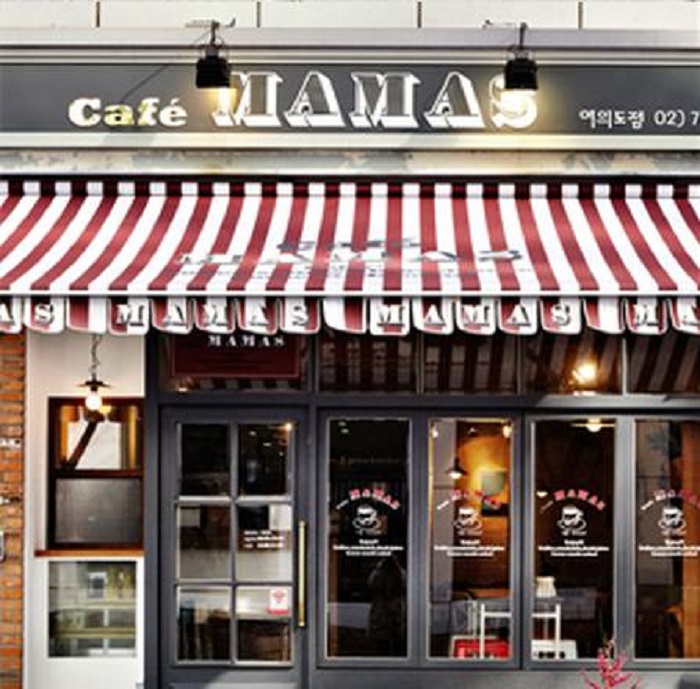
![CheongKwanJang - Seoyeouido Branch [Tax Refund Shop] (정관장 서여의도)](http://tong.visitkorea.or.kr/cms/resource/49/2888549_image2_1.jpg)
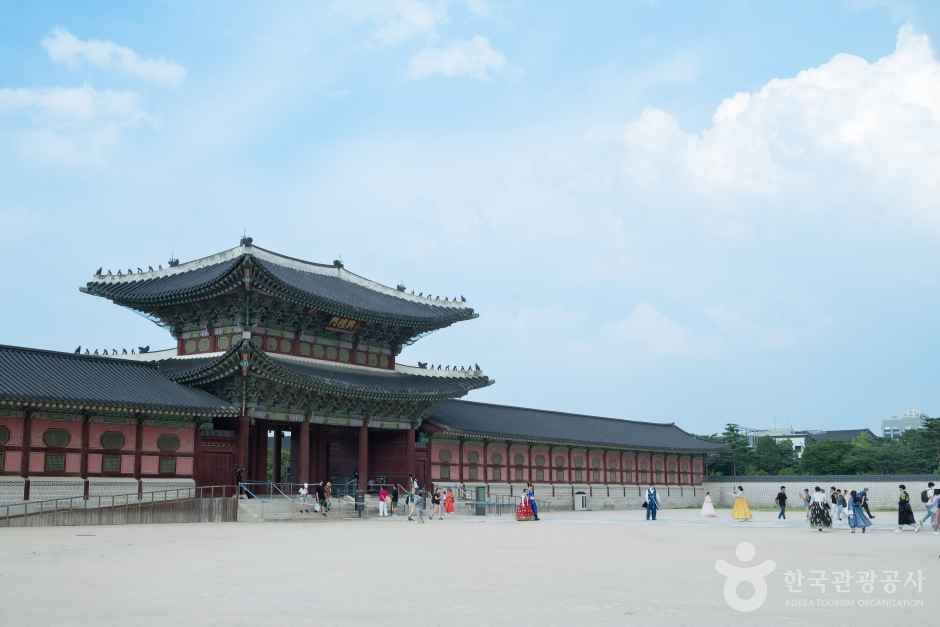
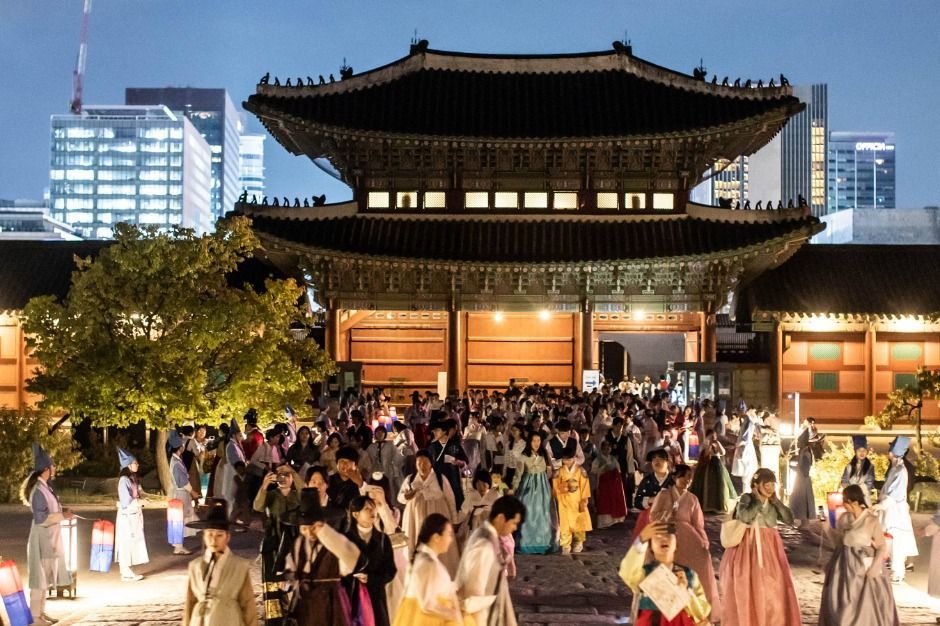

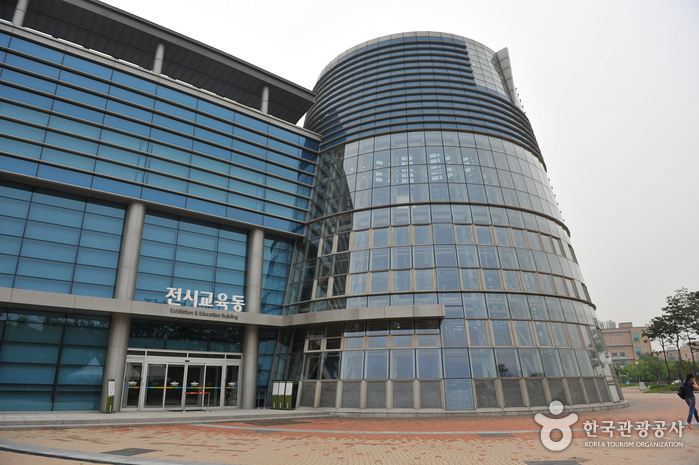
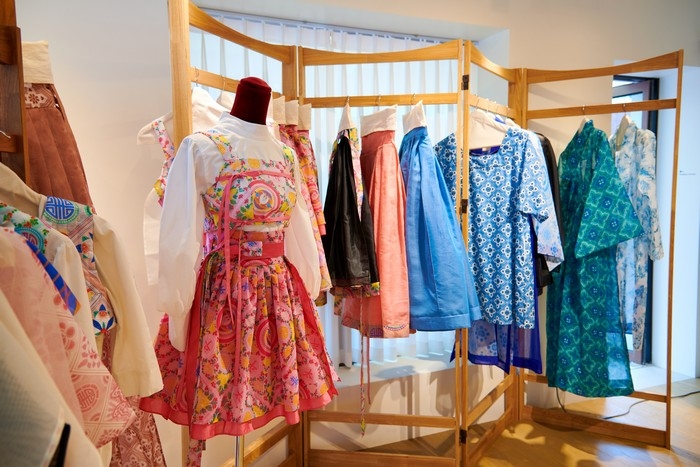
 English
English
 한국어
한국어 日本語
日本語 中文(简体)
中文(简体) Deutsch
Deutsch Français
Français Español
Español Русский
Русский